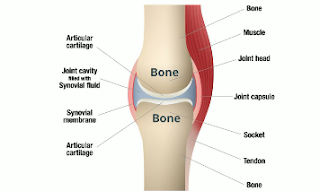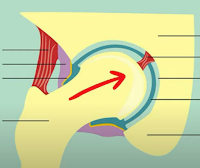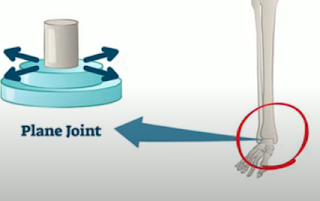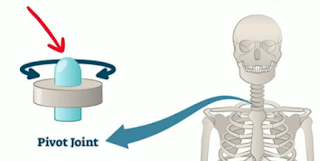The human body is an amazing machine. In order for a person to ride a skateboard, his feet, hips, knees, elbows, and shoulders must be able to bend and flex. However, what allows the bones to bend the way they do?
Joints are where bones come together. A synovial joint is unique because the bones have cartilage at the end they are attached by the ligaments and there's a space in between the two bones filled with a fluid called synovial fluid which acts as a cushioning agent.
Let's take a look at some of the different types of synovial joints we have in our body
Condyloid joints consist of an oval-shaped end of one bone fitting into a similarly oval-shaped hollow of another bone. This type of joint allows the joint to move both side to side and up and down. An example of a condyloid joint is found at your wrist and fingers.
Planar joints have bones that allow for gliding movements, and so the joints are sometimes referred to as gliding joints. The range of motion is limited in these joints and does not involve rotation. Planar joints are found in the carpal bones in the hand and the tarsal bones of the foot.
Saddle joints are so named because the ends of each bone resemble a saddle, An example of a saddle joint is the thumb joint, which can move back and forth and up and down, but more freely than the wrist or fingers.
Pivot joints consist of the rounded end of one bone fitting into a ring formed by the other bone. This structure allows rotational movement, as the rounded bone moves around its own axis. An example of a pivot joint is the joint of the first and second vertebrae of the neck that allows the head to move back and forth.










0 comments:
Post a Comment